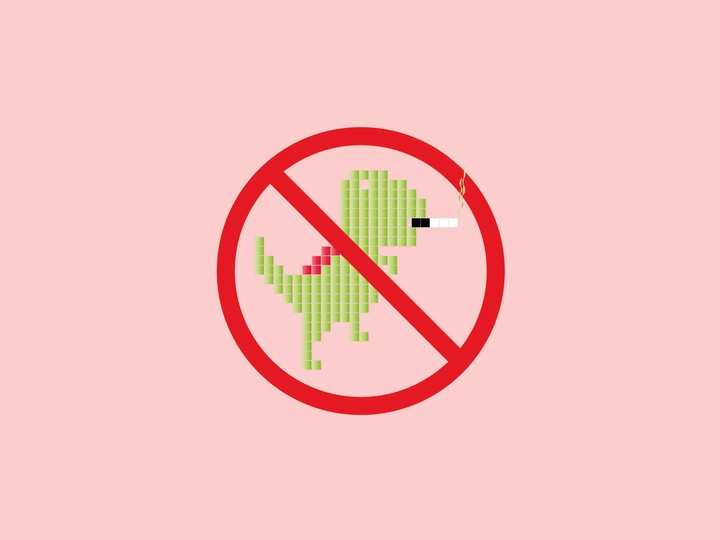Designosaur

My name is Till Zihlmann. Since April 2022 I´m a teaching and research associate at the Institute for Building Climatology and Energy of Architecture at the TU Braunschweig. Since September 2022 I am co-curator at the Educational Platform "Anthropocene Pedagogies in Architecture". A project launched by Lidia Gasperoni with the aim to give a platform to architecture-specific and Anthropocene-anchored teaching practices and to network them.
In 2016, I graduated with a bachelor's degree in architecture from the University of the Arts in Berlin. I then spent three years working as an architect in Basel and Berlin in implementation planning. During this time I became aware of the climate crisis. From that moment on, I could no longer think of architecture without the context of the climate crisis. In order to deepen my examination of the topic of "sustainability" and architecture, I decided to pursue a master's degree in architecture at the Technical University of Berlin. There, I investigated the Anthropocene thesis through a seminar given by Lidia Gasperoni. From my exploration of the Anthropocene thesis and my questioning of contemporary architectural arguments, the story "How I Met the Designosaur" emerged and so did the figure of the Designosaur. The Designosaur is a reaction to the feeling that everything I had learned and practiced up to that point no longer seemed contemporary. I´m lacking the tools and words to act in this new environment – a new geological epoch.
In the 4.5 billion year history of the Earth, the environmental conditions have repeatedly changed radically. Today, we can find traces of these changes in ice cores and rock deposits. So far, mankind has only witnessed one of these epochal changes – 11´700 years ago. It was the shift from the Pleistocene to the Holocene. Shortly after this epochal change, we became settled. The settlements became villages and cities. The landscape became cultivated, a resource and a rubbish dump. Animals became pets, trophies and pests.
Today, in the present, people are debating whether the Holocene will be by far the shortest geological epoch - a fleeting 11,700 years - and whether we are already living in the Anthropocene, Capitalocene, Chtulucene. Whatever you call this new geological epoch, it is the result of our culture, our way of thinking and doing things. Now we are here, in an environment that looks so familiar and yet is so alien, and what we lack is the vocabulary to find our position in this new environment. In our search for the buildings of the present, we argue on the basis of our experiences and with the vocabulary of the Holocene. The buildings that emerge in this way negate the context in which they were designed. They manifest themselves as artefacts of a past environment. Designosaurs.
The figure of the Designosaur speaks about design, meaning sensuality, emotionality and not just technology. He talks about the dinosaurs, spanning an arc from the fifth mass extinction 66 million years ago to the sixth mass extinction today. He talks about relationships and new temporal scales in which we operate. And above all, it reveals a lot about us. About familiar perspectives and habitual spaces and about our lack of experience of operating in a new geological epoch of our own making. It questions our architectural arguments. It is a friend and our greatest enemy. Something we need to let go of, but we don't yet know how.